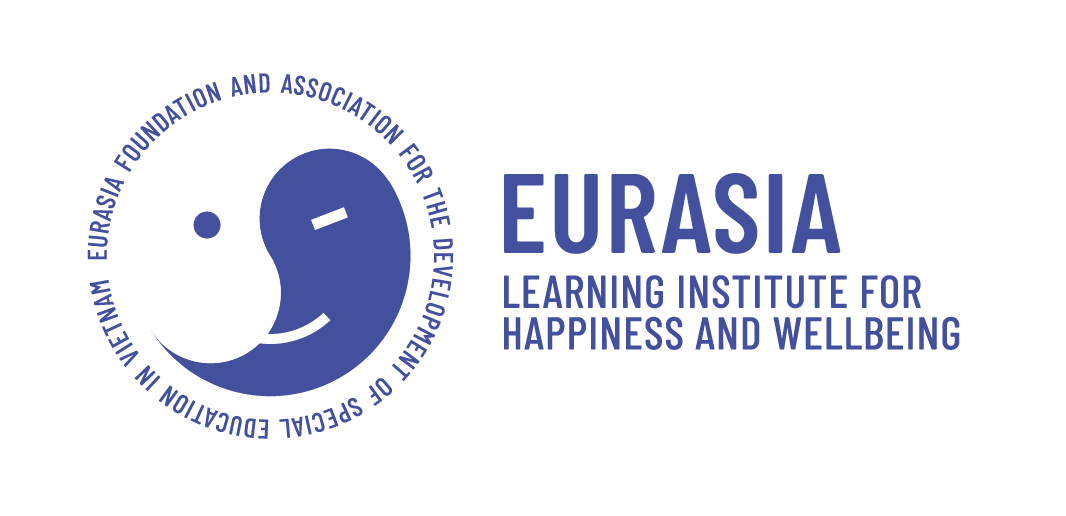The Camphill Movement Annual Group Meeting in Tinh Truc Gia = The Peaceful Bamboo Family
The Camphill Movement Group brings together delegates from the various regions of the international Camphill Movementevery May or June. This year’s meeting was held for the first time in the history of the worldwide movement in Asia. The event was hosted by Tinh Truc Gia (Peaceful Bamboo Family), a Camphill community in the ancient imperial city of Hue, from May 13-17. In addition to delegates from the European regions, Africa and North America, representatives of the Friends of Camphill India (Bangalore) and the Camphill-inspired community Sadhana Village (Pune, India), participated, as well as members of initiative groups in Thailand and Taiwan, which are closely linked to the Camphill movement.
The Tinh Truc Gia community, which had just celebrated its 10th anniversary, presented the various facets of its work. The focus is on working with adolescents and young adults who live, learn and work in the community. Among the workplaces are a teahouse, various workshops where, for example, jam (exotic in this cultural context) and incense sticks (less exotic) are produced. The artworks from the lacquer painting workshop have also been on display at a gallery in Ho Chi Minh City (Saigon). The gardeners are working with Marc Blachere from the Camphill community in Copake, New York, on how to implement the principles of biodynamic agriculture in Southeast Asian ecology.
Under the umbrella of the Eurasia Learning Institute (ELI) and led by the co-founders of the Eurasia Foundation andAssociation, which is behind Tinh Truc Gia, Lisi and Tho Ha Vinh, the team at Tinh Truc Gia also works with many other organizations. As consultants on the topic of Gross National Happiness, they train executives of large commercial companies, as is currently the case with a Vietnamese shoe manufacturer who wants to work in a socially and environmentally responsible manner. As part of the Happy Schools project, there is a close cooperation with the public schools to develop new, mindfulness-based and relationship-oriented teaching concepts. And the garden team now offers training in biodynamic agriculture.
In the encounter of the worldwide Camphill movement in Vietnam, it was possible to experience how the impulse of social renewal and community building can unfold again and again in very different contexts in a completely new and contemporary way. Against this backdrop, a new Asia-Pacific region of the Camphill movement was added to the circle of regions in a festive ceremony. From this young region, perhaps new impulses can now flow back to the older regions in order to revitalise them.

